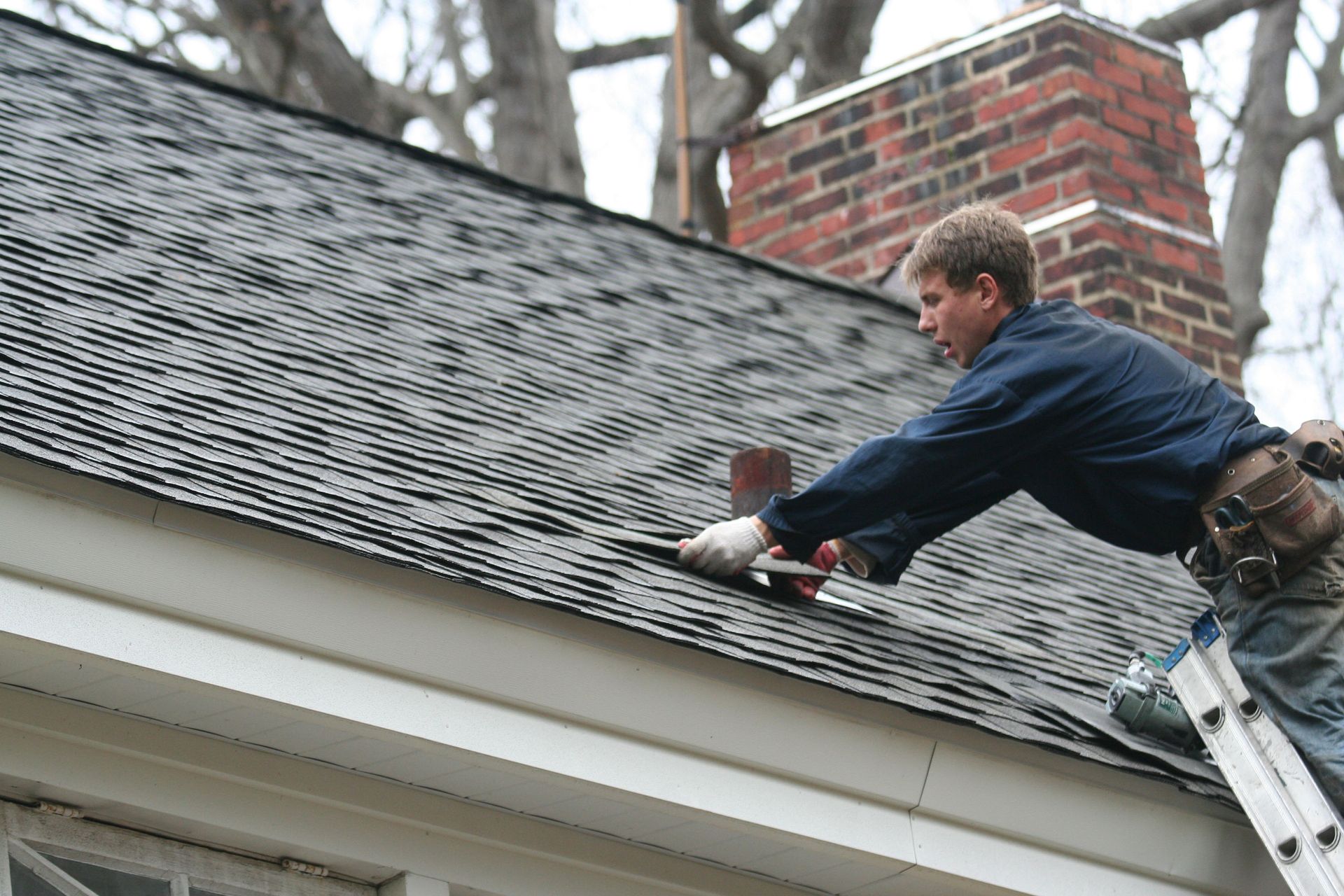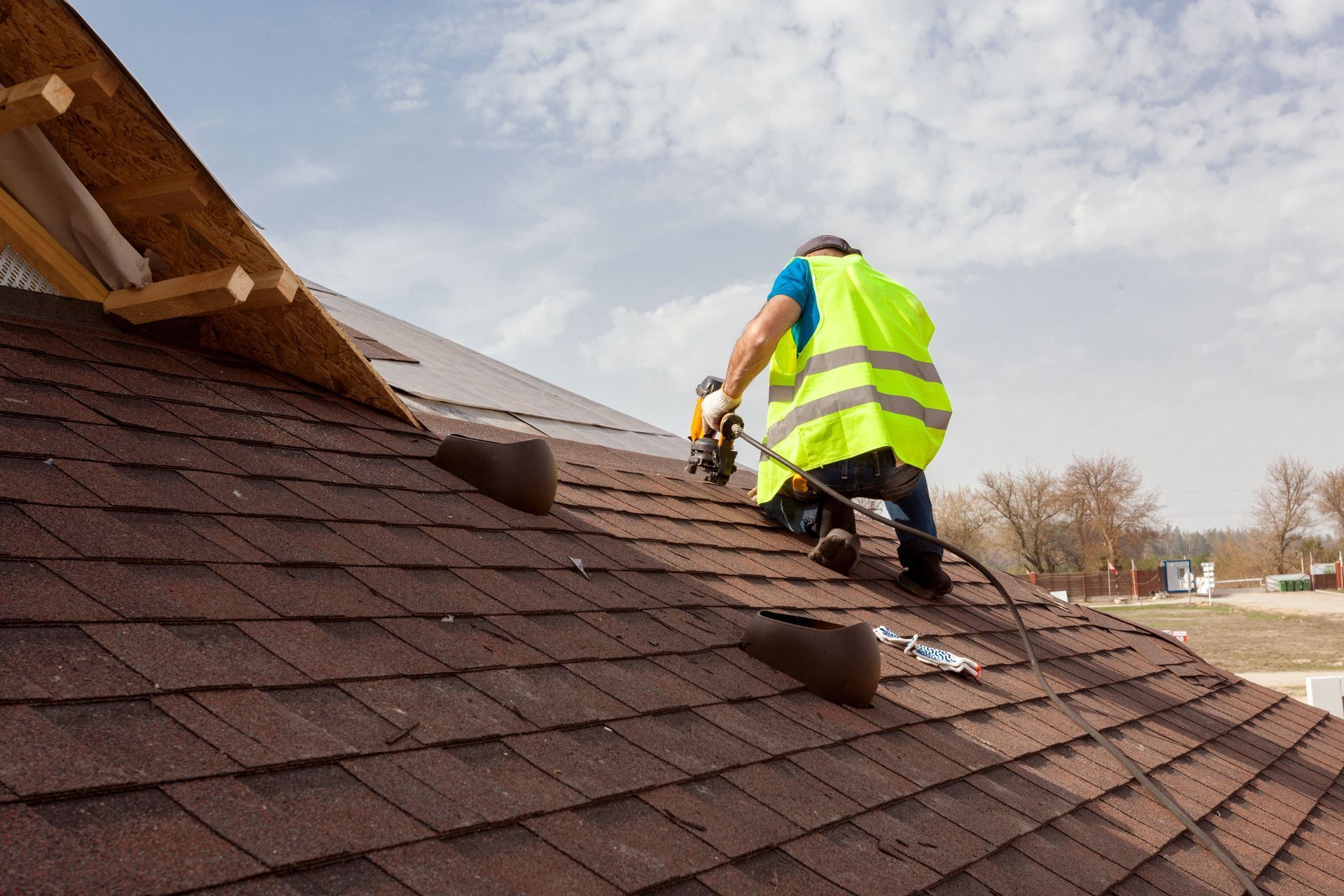November 6, 2025
Embarking on a reroofing project is a significant decision for homeowners, requiring careful planning and consideration. This article outlines essential information that homeowners should be aware of before starting a reroofing project to ensure a successful and smooth experience. From understanding costs to selecting materials, these insights will help guide you through every step of the process. A reroofing project encompasses not only the visible changes but also the underlying structural and material considerations crucial for durability. By equipping yourself with the right knowledge, you're setting the foundation for a successful, worry-free reroofing project.
Understanding Reroofing Costs
A reroofing project’s cost can vary significantly based on several factors. The size of the roof is a primary consideration, with the average residential roof in the U.S. measuring about 1,700 square feet according to Home Gnome. Material choice also plays a critical role; premium materials like slate or tile are more expensive than asphalt shingles. Labor costs differ regionally, and understanding the local market can help in budgeting. Additionally, the complexity of the roof design can add to the overall cost, as more intricate designs require increased labor and time.
Establishing a clear budget is crucial before embarking on a reroofing project. Homeowners can start by calculating potential expenses based on factors like materials, labor, and unforeseen costs. Financing options such as personal loans, home equity loans, and roofing-specific payment plans can help distribute the financial burden. It is wise to consult with financial advisors or reroofing contractors to explore these alternatives. Proper budgeting not only helps manage costs but also reduces stress, ensuring that the project remains within financial means.
Several hidden costs may arise during a reroofing project that homeowners should anticipate. Permits are often required for reroofing projects and can vary in price depending on local regulations. Waste disposal is another consideration, as old roofing materials must be disposed of properly, incurring additional fees. Unforeseen repairs may emerge once the old roof is removed, and setting aside a contingency fund is wise to cover any unexpected expenses. Awareness of these hidden costs helps in preparing a comprehensive budget and avoiding potential financial hiccups.
Selecting the Right Roofing Materials
Various roofing materials offer different benefits and drawbacks, impacting the overall durability and aesthetics of your home. Asphalt shingles are popular due to their affordability and moderate lifespan, making them a common choice for many homeowners. Metal roofs are known for their durability and resistance to weather elements, though they may be more expensive upfront. Tile roofs provide a unique aesthetic and are long-lasting, but they are also heavier, potentially requiring structural reinforcement. Understanding your priorities and regional weather conditions can guide the selection of the most suitable material for your home.
Climate plays a crucial role in determining the appropriate roofing material for a home. In regions experiencing harsh winters, materials like metal or slate, which can withstand heavy snowfall, may be preferred. Conversely, areas with hot climates might benefit from materials like clay tile or membrane roofs, known for their reflective properties and heat resistance. Considering the local climate can ensure the roof not only lasts but also enhances the home’s energy efficiency. Evaluating local building codes and recommendations can also guide the choice of materials best suited for the area.
Energy-efficient roofing materials can significantly reduce energy bills by reflecting more sunlight and absorbing less heat. Materials such as cool roofs, featuring reflective coatings, can decrease the need for air conditioning in warm climates. Some shingles and tiles come with ENERGY STAR ratings, indicating their efficiency in reducing heat absorption. Incorporating energy-efficient underlayment can also enhance the overall insulation of the roof, contributing to savings. By selecting materials with high thermal performance, homeowners can achieve both comfort and cost savings, benefiting the environment and their wallets.
Choosing the Right Reroofing Contractor
Before hiring a reroofing contractor, verifying their credentials and qualifications is critical. Ensuring that a contractor has a valid license not only demonstrates legitimacy but also often reflects on their professionalism and adherence to local regulations. Insurance coverage, including liability and workers' compensation, protects homeowners in case of accidents or damage during the project. Potential reroofing contractors should also be evaluated for their longevity in the business and membership in recognized professional organizations. Conducting thorough background checks establishes trust and confidence in the contractor’s ability to perform quality work.
Customer reviews and testimonials provide invaluable insights into a reroofing contractor’s reputation and reliability. Online platforms like Yelp and Google Reviews offer a wealth of customer feedback and can indicate patterns in service quality. Positive reviews often mention punctuality, cleanliness, communication, and overall satisfaction with the finished product. Conversely, recurrent complaints can be red flags and should be considered when making a decision. While reviews are a helpful guide, balancing them with direct interactions and inquiries is equally crucial in making an informed choice.
The contract is a critical document that outlines the scope of work, timelines, payment schedules, and other essential details. It is important to review these terms carefully to ensure a clear understanding of roles, responsibilities, and expectations. Homeowners should look for clauses covering unexpected work, changes in material prices, and guarantees for workmanship. A well-detailed contract protects both parties and serves as a reference point throughout the project. If unclear, seeking legal advice may be prudent to interpret contract terms effectively and ensure protection.
Timeline and Project Planning
The duration of a reroofing project varies depending on several factors, including the roof size and complexity. Larger roofs, like the typical 1,700 square feet in the U.S., naturally take longer to reroof. A straightforward roof with minimal angles or deviations will take less time than one with dormers, skylights, or a steep pitch. Seasonal timing and contractor availability are additional factors that can extend or shorten project timelines. Setting realistic expectations involves detailed discussions with contractors to align on project milestones and contingency plans for delays.
Weather conditions can significantly impact the scheduling and progress of a reroofing project. Rain, snow, and severe temperatures can all cause delays, as they affect the safety and efficiency of roofing work. Contractors often monitor weather forecasts closely and plan their schedules to minimize weather-induced disruptions. In regions with unpredictable weather patterns, flexible project timelines and backup plans for unexpected changes are crucial. Homeowners should remain in regular communication with reroofing contractors to adjust scheduling as necessary to ensure safety and project success.
Reroofing can pose significant disruptions to daily life, though these can be minimized with careful planning. Noise, dust, and limited access to the yard are common inconveniences that homeowners should anticipate. Planning alternative arrangements for parking, outdoor gatherings, and even childcare can help maintain normalcy. Communication with the contractor about daily schedules and expected disruptions can facilitate smoother coordination. By preparing for these temporary inconveniences, homeowners can better manage the impact on their daily routines.
Permits and Regulations
Familiarity with local building codes is essential for ensuring the legality and compliance of a reroofing project. These codes govern various aspects of construction, including materials, structural requirements, and safety standards. A competent contractor will be well-versed in these requirements, but homeowners should also be aware to make informed decisions. Failing to adhere to local codes can result in fines, project delays, and even forced removal of the new roof. Staying informed ensures legal compliance and contributes to the safety and durability of the roofing system.
Obtaining the necessary permits is a crucial step in preparing for a reroofing project. Permits ensure that the project meets safety standards and complies with local regulations. The process typically involves submitting detailed plans and obtaining approval from local authorities before commencing work. Contractors often handle this process, though homeowners should ensure it is properly completed to avoid legal complications. Securing permits provides peace of mind and ensures a smooth, legally compliant project execution.
Equipped with this knowledge, you can approach your reroofing project with confidence and clarity. This foundational understanding not only guarantees a successful outcome but also enhances the value and functionality of your home for years to come. As you embark on your reroofing journey, these insights will guide you every step of the way, from inception to completion. For more information about the services that we offer, reach out to our incredible team at Senger Roofing LLC today!








